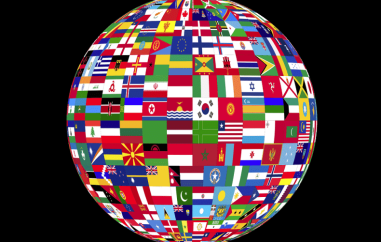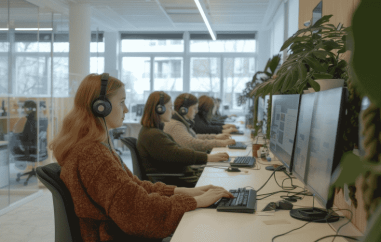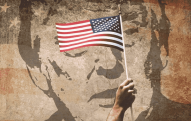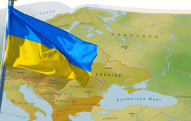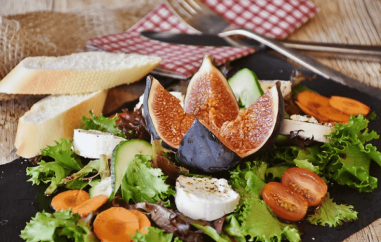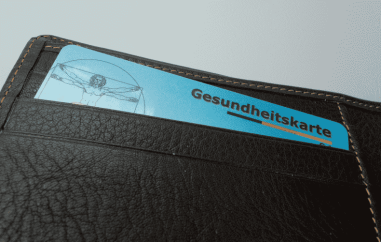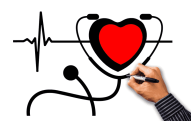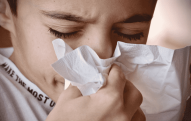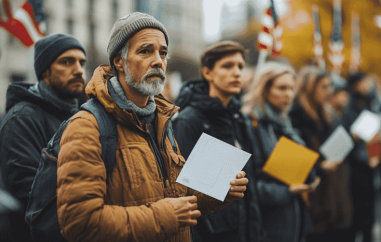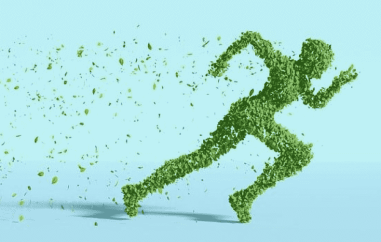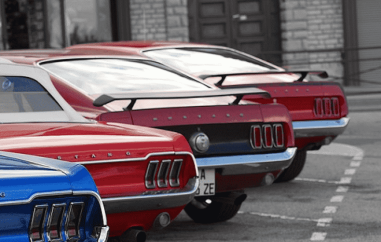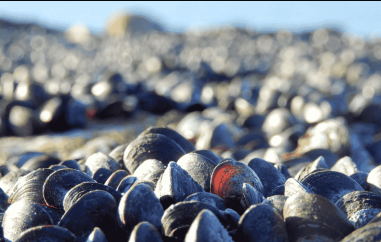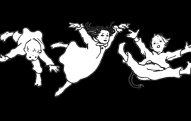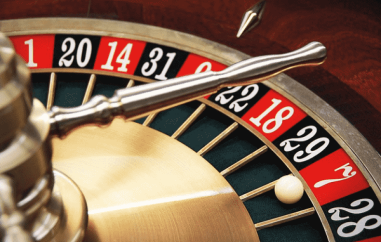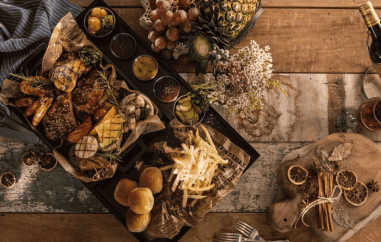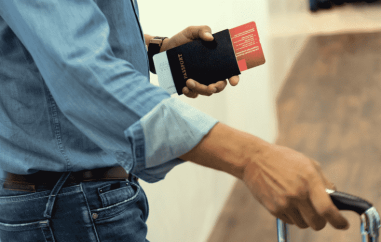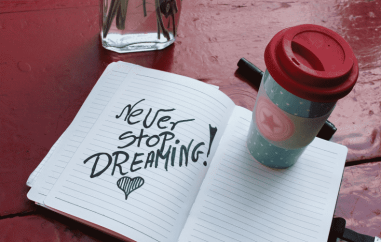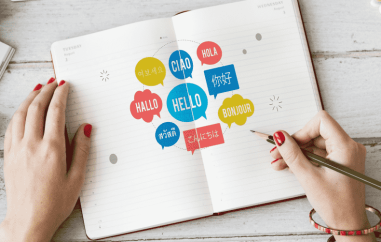Follow the leader: How cells 'talk' to each other to heal wounds
Â
Slicing a finger with a paring knife stings, but everyone knows the cut will slowly heal until a new layer of skin forms and hides any hint of the clumsy mistake.
The wound healing mechanism might seem elementary on the surface, but scientists have spent a lot of time researching--and debating--how cells form new layers of tissue, like skin.
"There's a lot of self-organization in our body," says Pak Kin Wong, associate professor at The University of Arizona, College of Engineering. "The cells will find ways to develop tissue [and] heal it when there's an injury."
Self-organization, or collective cell migration, has been the focus of Wong's lab since 2009 when his team began exploring how cells get their orders to work.
It's not a new question.
As far back as the 1950s, scientists have studied how cells organize. (In fact, Alan Turing, the famous British mathematician led studies in this field; he's just received more popularity for pioneering computer science, as portrayed in The Imitation Game, Wong says.)
Yet despite advances in biology, the knowledge of what's driving cell organization has remained elusive--sparking a couple conflicting theories.
Some scientists argue the wound healing process is random. Other researchers have found evidence for a phenomenon where cells sort themselves into leader and follower roles, working in tandem to seal up the wound site.
Wong's research, recently published in Nature Communications, gives strong evidence for the leader-follower arrangement.
When Wong's team first started out, though, everything was a mystery.
Current technology tended to let scientists measure the average cell behavior of several cells, an approach that blurred any leader-follower distinctions.
Newer technology allowed scientists to hone in on an individual cell, but the approach usually involves fixation or breaking open of the cell, making it challenging to track how the cell acts or reacts in wound healing situations.
Wong and his team developed new technology for their research, a single-cell biosensor that let them directly monitor individual cell behavior over time. They observed that some cells raced to the front of the wound, behaving as "leader" cells and, interestingly, preventing "follower" cells from becoming leaders.
"We took some time to look at the signatures of leader cells--what are some things they do, that make them different from other cells," Wong says.
The researchers discovered a protein called DLL4 that the cells used to communicate with each other and determine the leader cells among the group.
There's another factor at play, though, too.
Physical interactions between the cells--with cells dragging into each other as they rush to form new layer of tissue--help cells communicate and coordinate wound healing.
Understanding how the mechanism works would open doors in several fields.
There's potential for making the wound healing process better for patients, especially diabetes patients whose cuts take a much longer time to heal.
It could also lead to progress in regenerative medicines to repair or replace failing organs and help researchers develop therapies to inhibit cancerous cells from spreading throughout the body.
As scientists continue to probe deeper into cell organization mechanisms, collaboration across disciplines will contribute to new answers and new applications.
Wong, who has a background in mechanical engineering, stresses how improved technology, increased knowledge, and different perspectives will help scientists better tackle the classical question of cell organization.
"It's interesting to look at how nature build things," says Wong, "At some point, we feel like we should be able to learn from nature and build even better machines."
Â
Â
Image credit: pixgood.com

